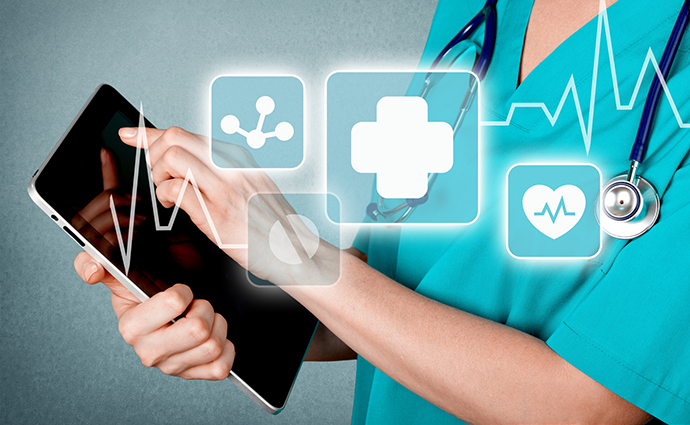With the rise of chronic illnesses like heart disease and diabetes, it’s becoming increasingly difficult for healthcare providers to manage their costs. Remote patient monitoring is helping to tackle this problem and improve care delivery for patients and doctors.
The benefits of RPM are numerous, including improved workflow efficiency and reduced medical errors. These benefits also help to reduce hospital readmissions and increase patient safety.
Increased Patient Engagement
Healthcare providers benefit from increased patient engagement, which can lead to more effective care plans and better health outcomes. This is especially true for chronic illnesses like cancer, heart disease, and diabetes.
Remote patient monitoring enables patients to submit and communicate their health data from home or another location, reducing the number of in-person visits they need to make with their doctors. This can save both time and money for healthcare providers.
Remote patient monitoring also helps healthcare providers understand their patients’ conditions more effectively between in-person visits. This gives them the ability to monitor trends and make changes proactively. This can increase adherence to treatment regimens and reduce the number of hospital readmissions.
Reduced Medical Errors
There are several benefits that healthcare providers can enjoy by using remote patient monitoring software. One of the most significant is reduced medical errors.
Reducing errors is essential for both doctors and patients because it decreases the risk of a poor diagnosis or treatment plan that could be fatal. This also allows staff to focus on other tasks that require their time and attention.
Another benefit is improved clinical insight. RPM enables physicians to monitor patients between office visits, giving them more insights into their status and allowing them to alter their care plans.
Improved Patient Compliance
Remote patient monitoring encourages better medication compliance by enabling patients to monitor their health data and transmit it to their healthcare providers for real-time analysis. It also helps reduce symptom recurrence and improve patients’ overall quality of life.
Medication compliance can be a significant challenge for many clinicians, and it is essential to incorporate patient education strategies in office-based programs to promote compliance. These strategies include giving clear, logical instructions in familiar language and adapting drug regimens to daily activities.
A well-designed remote patient monitoring program can reduce adherence issues by providing patients with simple and convenient cellular medical monitoring devices that require no setup or configuration. These cellular-enabled devices automatically acquire data and send alerts, encouraging patient engagement with the RPM program while promoting a positive relationship between patients and their healthcare teams.
Reduced Hospital Readmissions
Remote patient monitoring allows healthcare providers to monitor patient conditions from a distance. It also helps medical staff control real-time patient health data changes and personalizes treatment plans.
Readmissions are a significant problem for hospitals and patients, but there are several ways to reduce them. Using patient health data in electronic medical records can help healthcare providers identify the factors that lead to readmissions and implement strategies to reduce them.
Reducing hospital readmissions is a win-win for healthcare providers and their patients. It lowers healthcare costs, improves quality of care, and increases patient satisfaction.
Increased Patient Safety
As more patients seek care remotely, remote patient monitoring software has become essential for healthcare providers. It helps doctors keep track of their patient’s health data at all times, which leads to improved patient safety and reduced hospital readmissions.
The software program works alongside a healthcare provider’s electronic medical record (EMR) system. It automatically displays a patient’s vitals in the EHR and sends notifications when the measurements exceed pre-defined thresholds.
The app also supports wearable devices that track a patient’s vital signs and other health indicators. Healthcare professionals can analyze these measurements and adjust the patient’s care plan.
